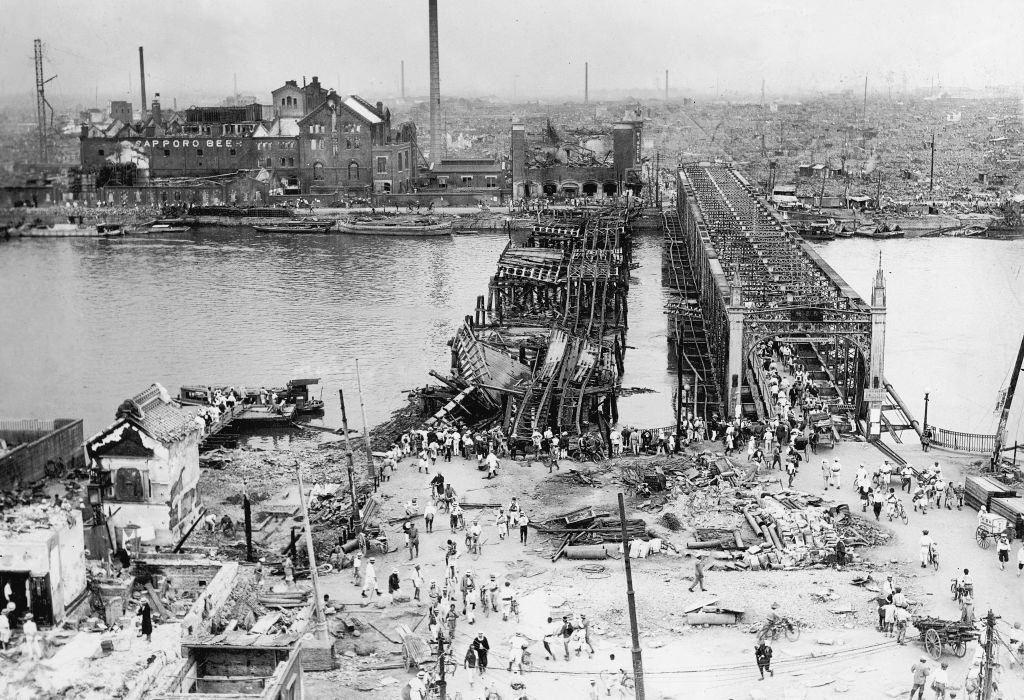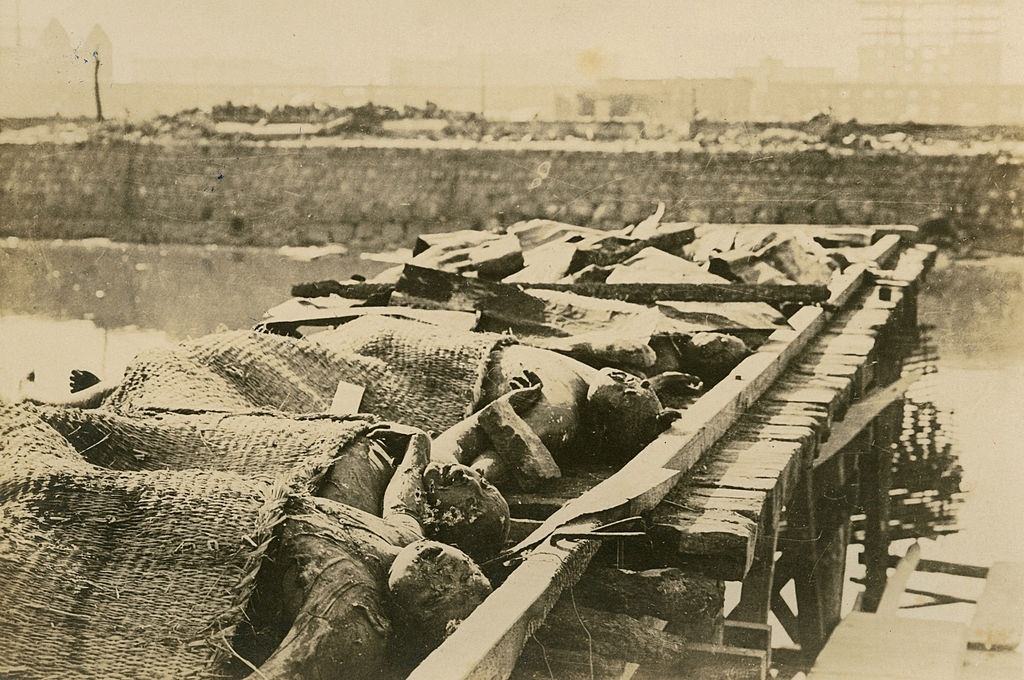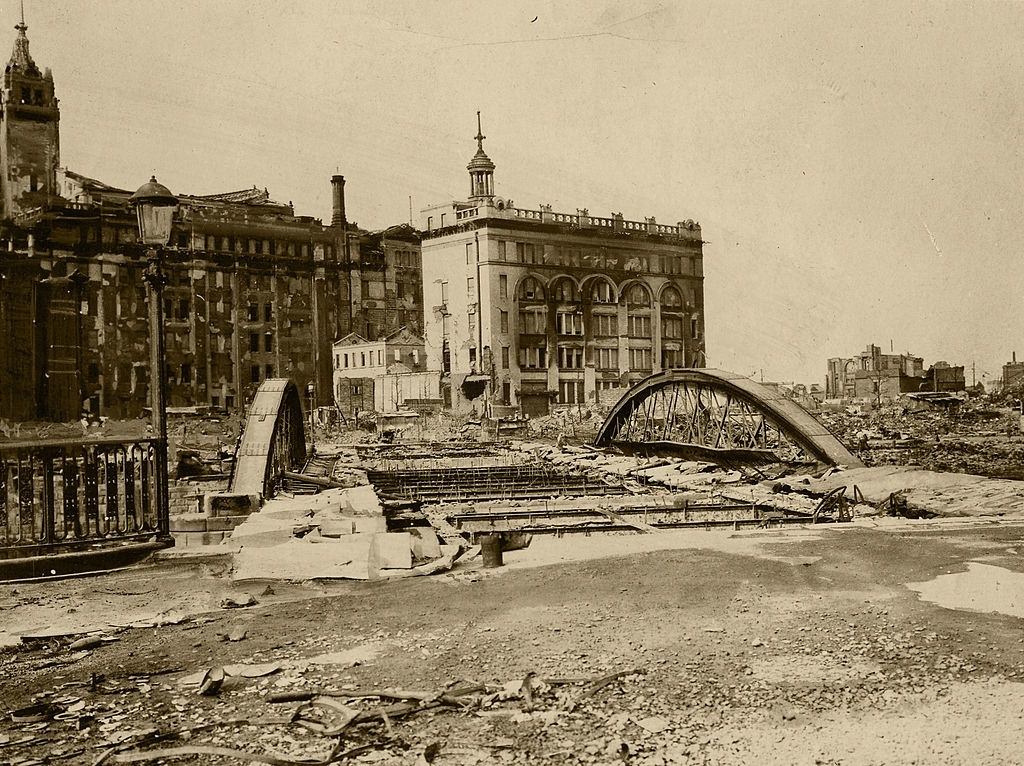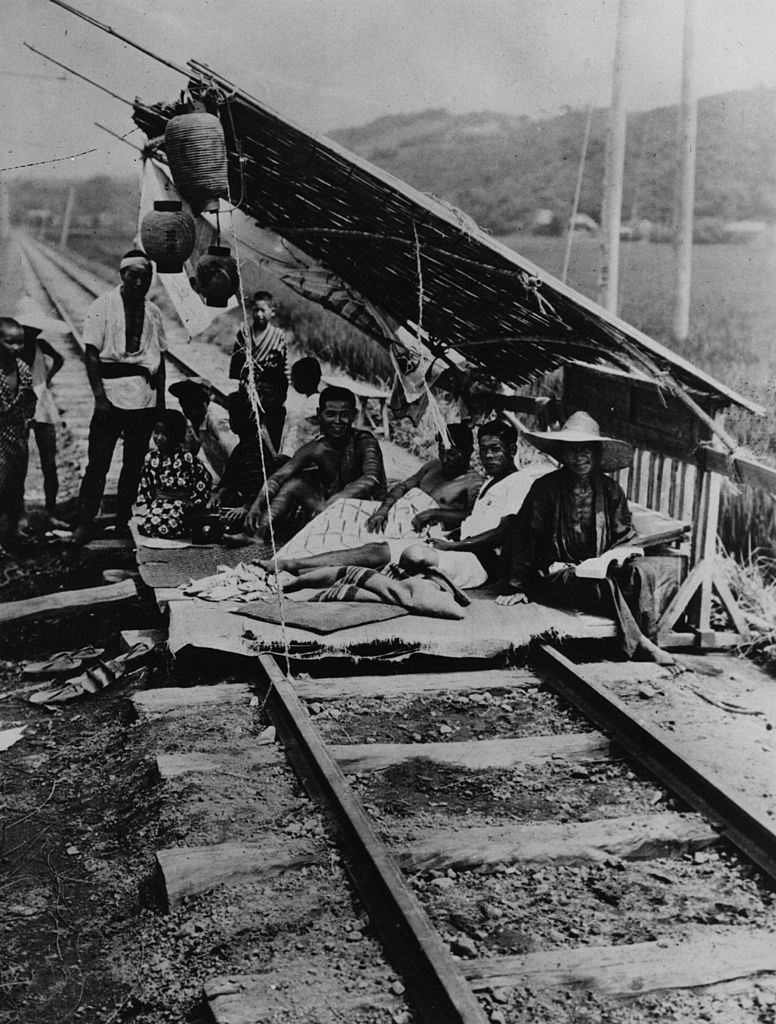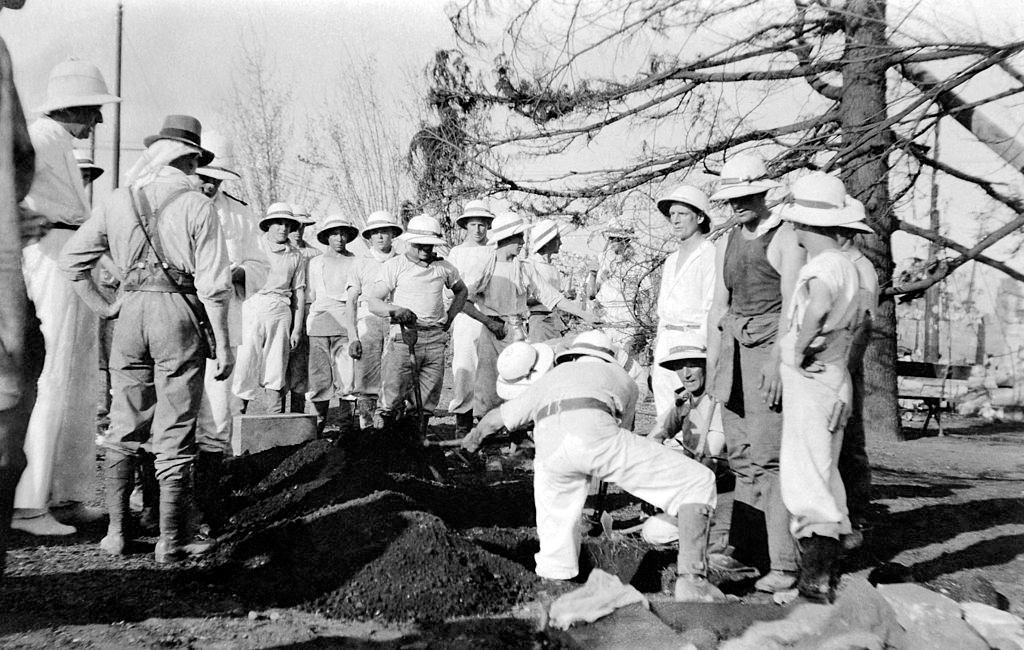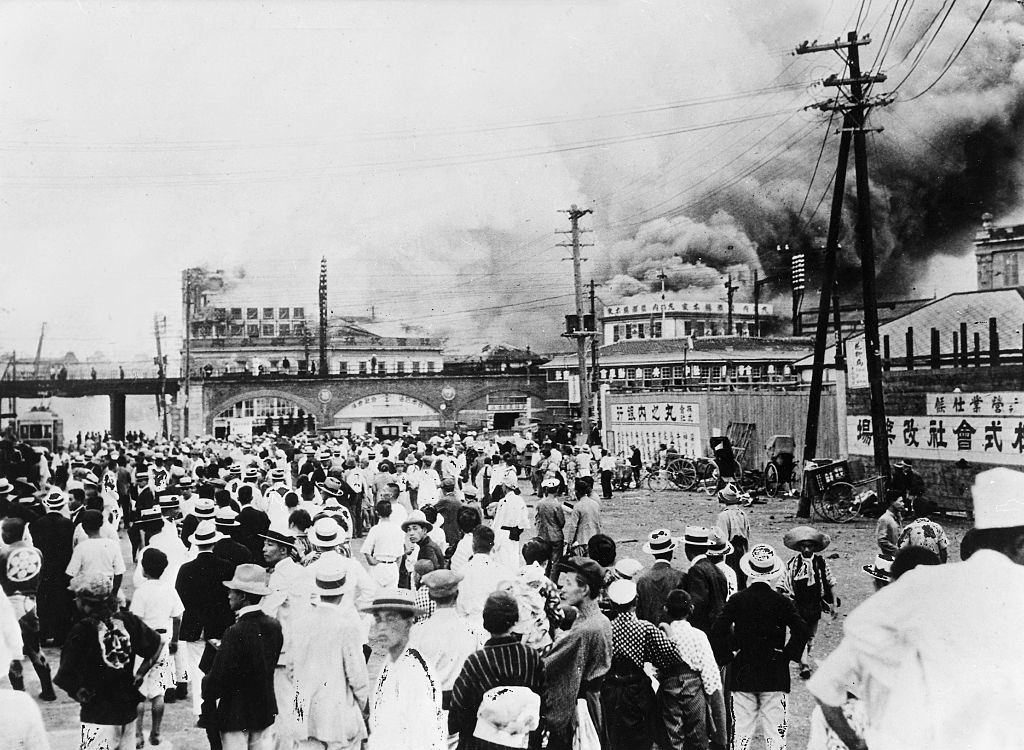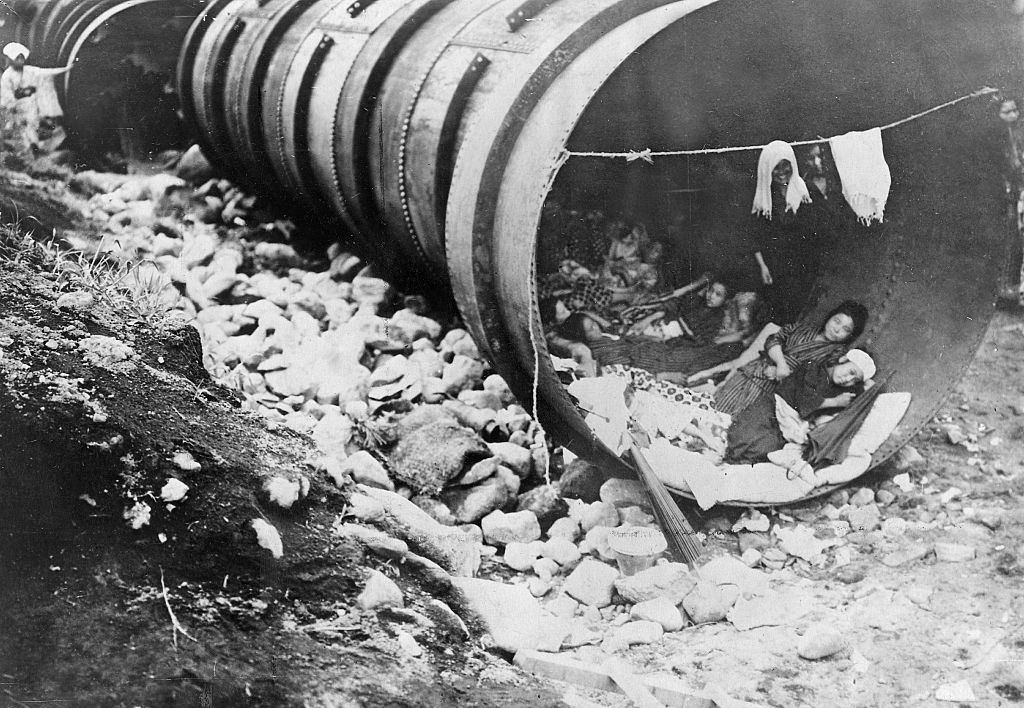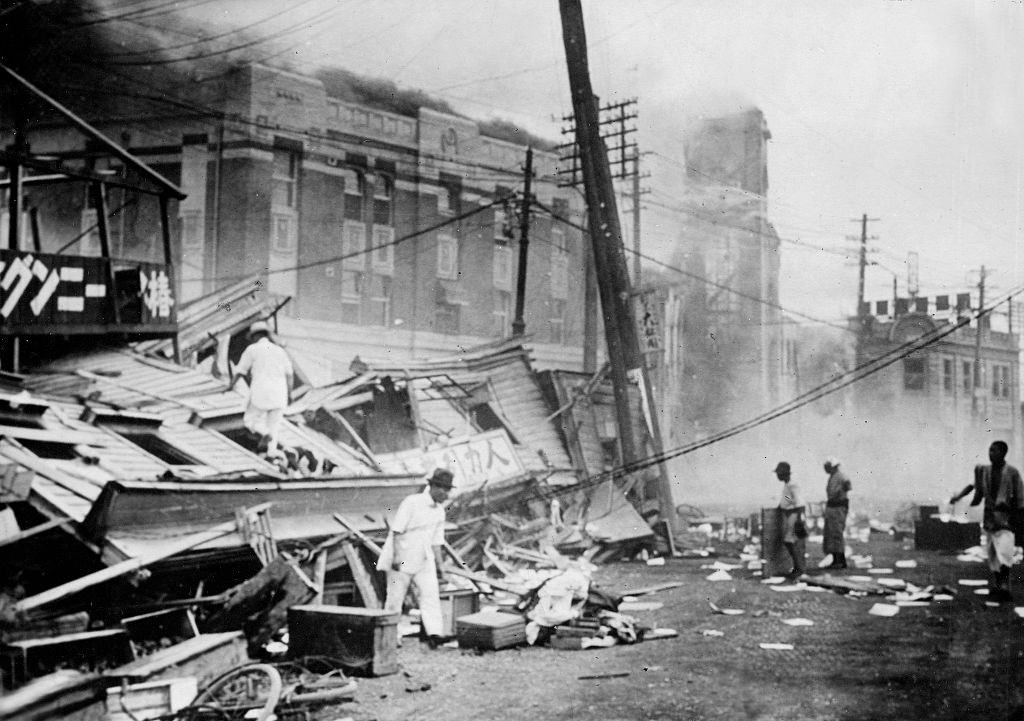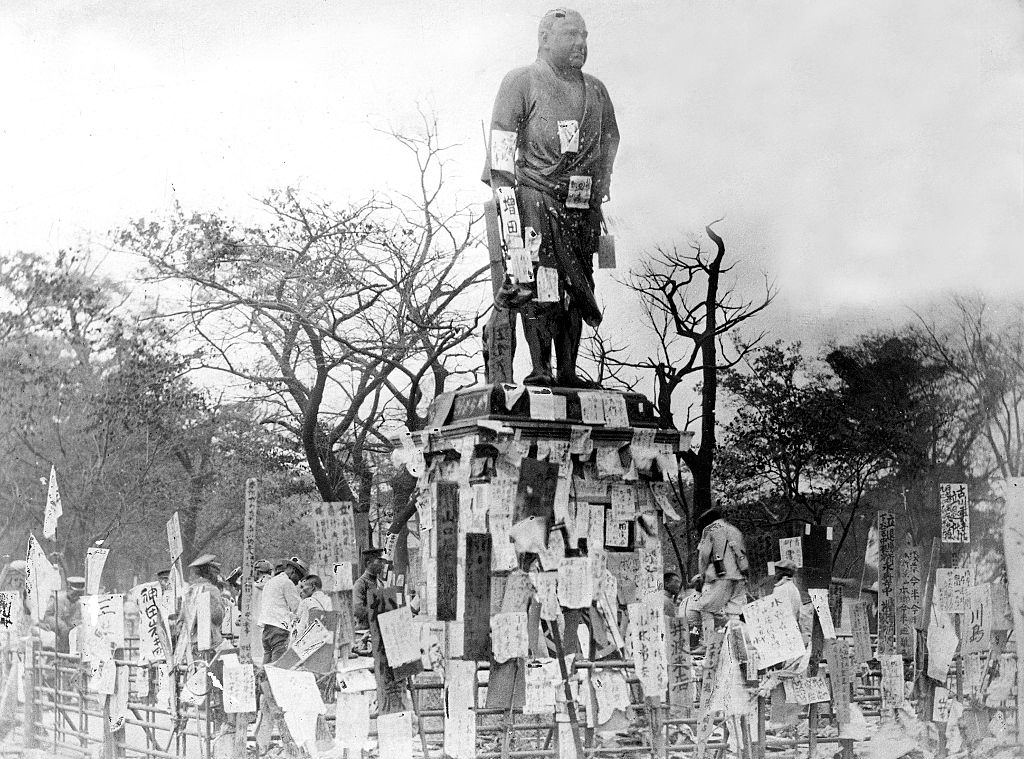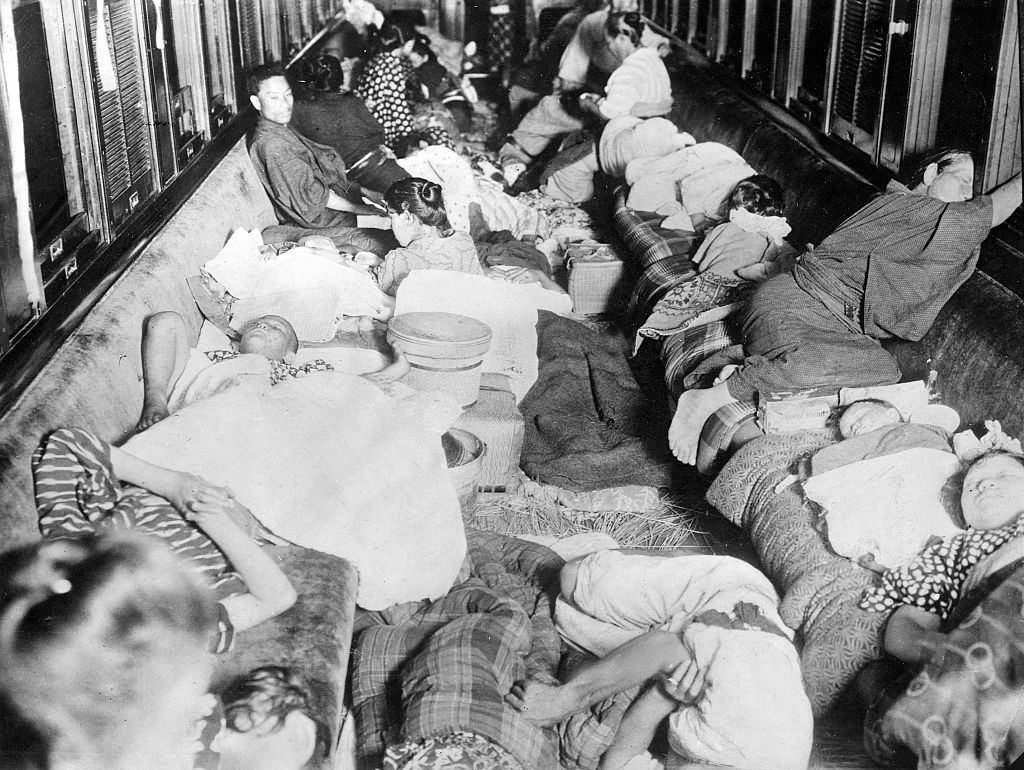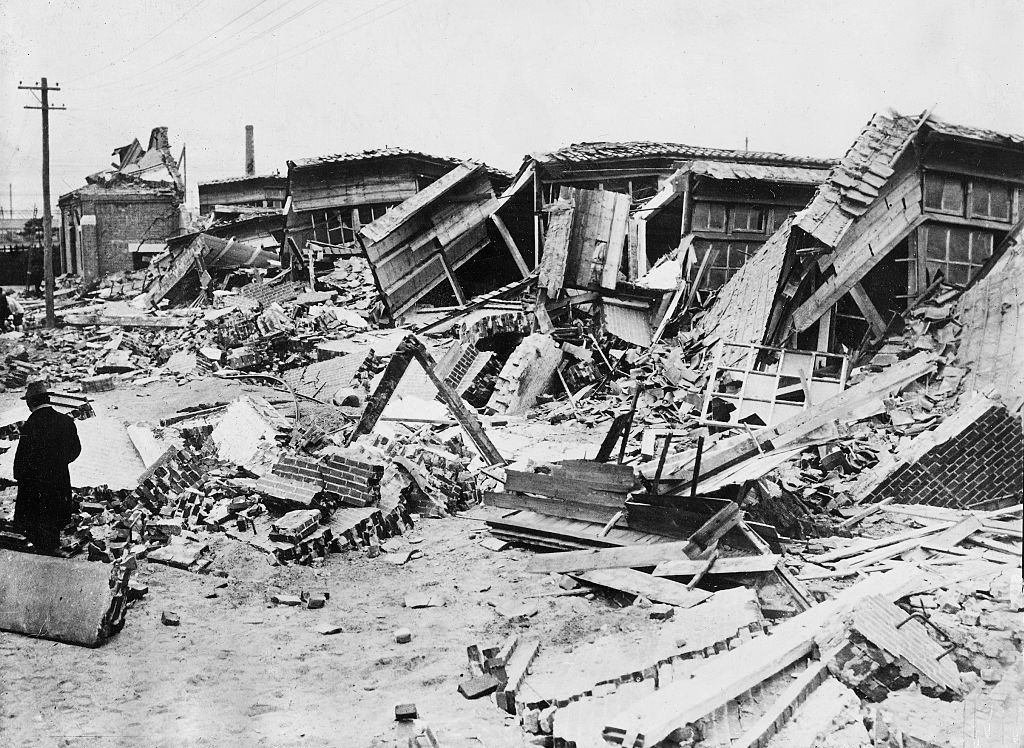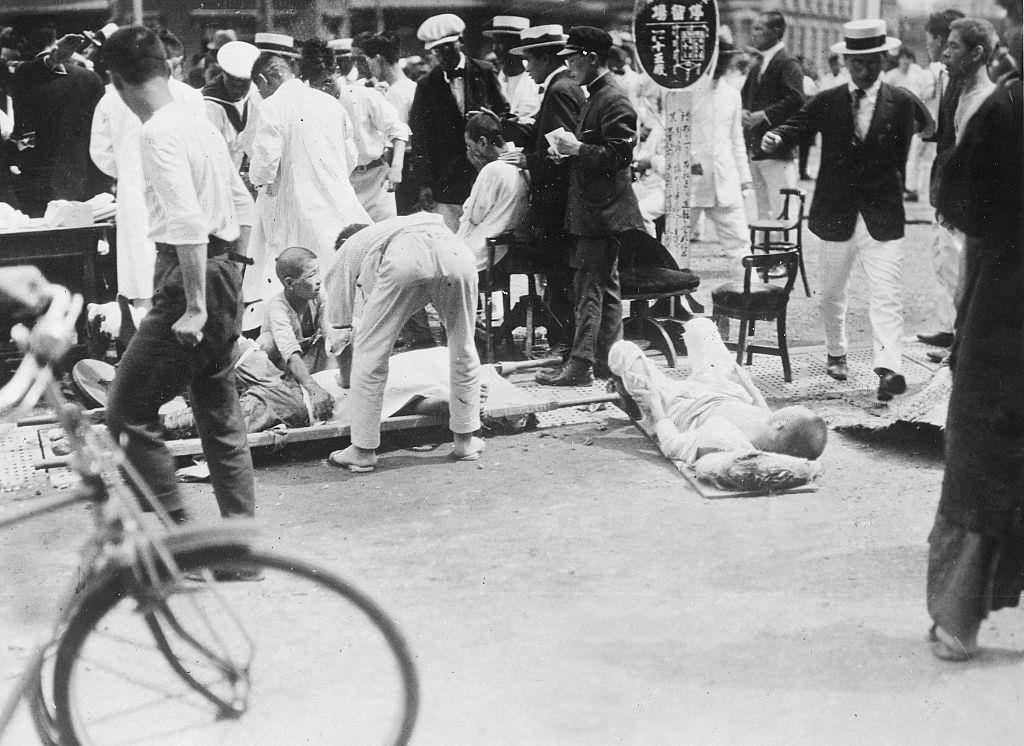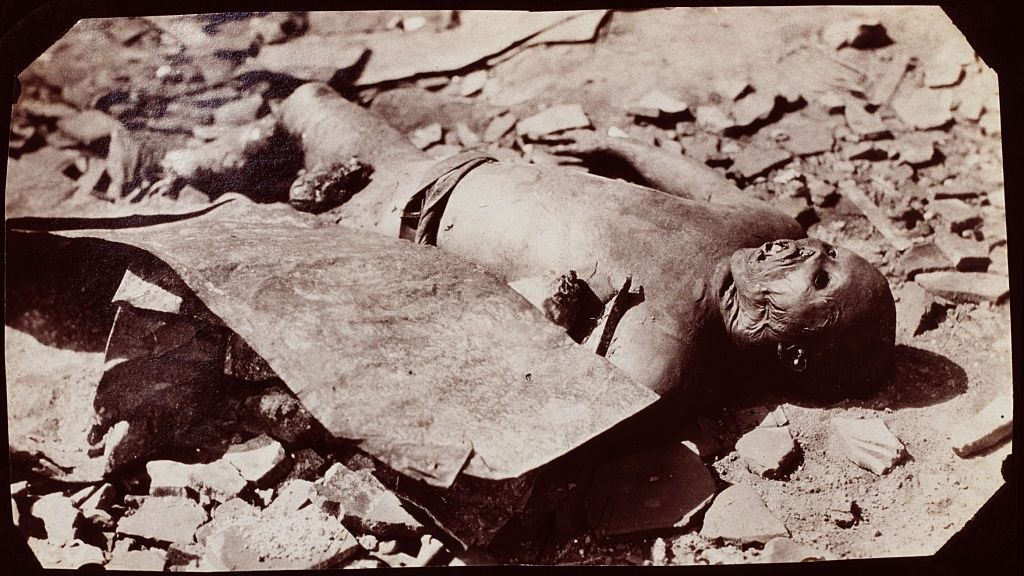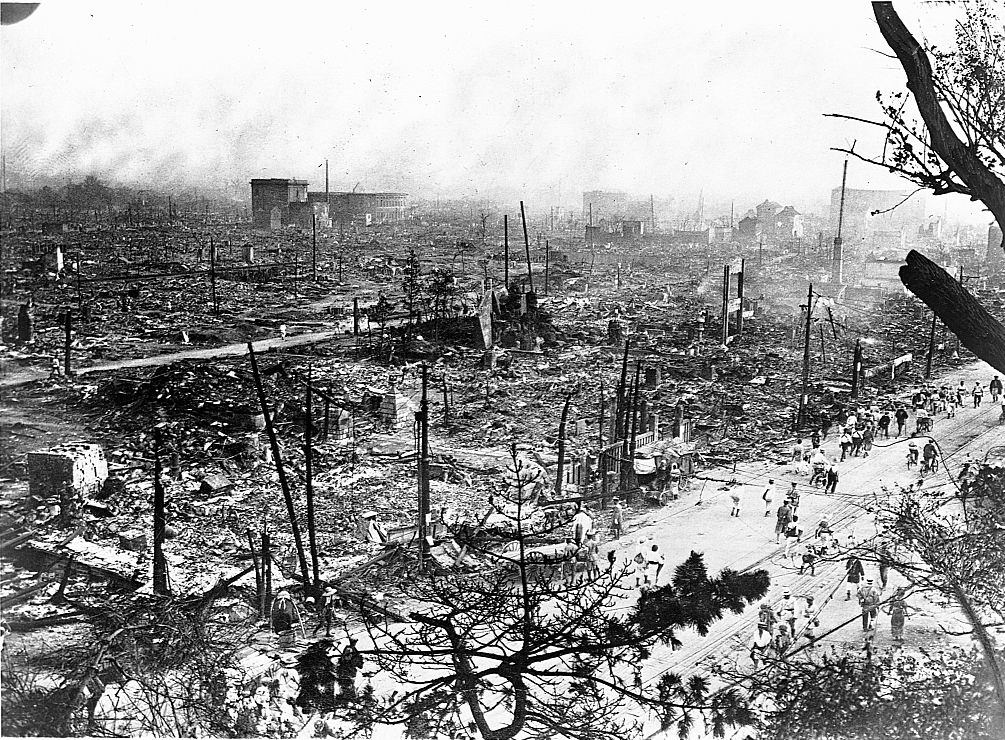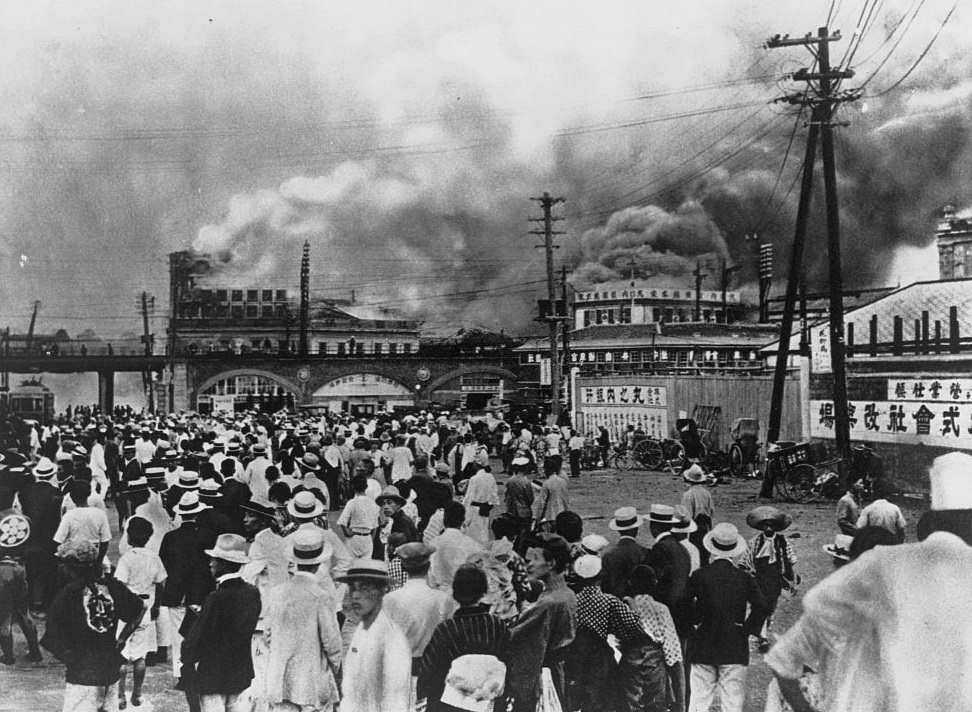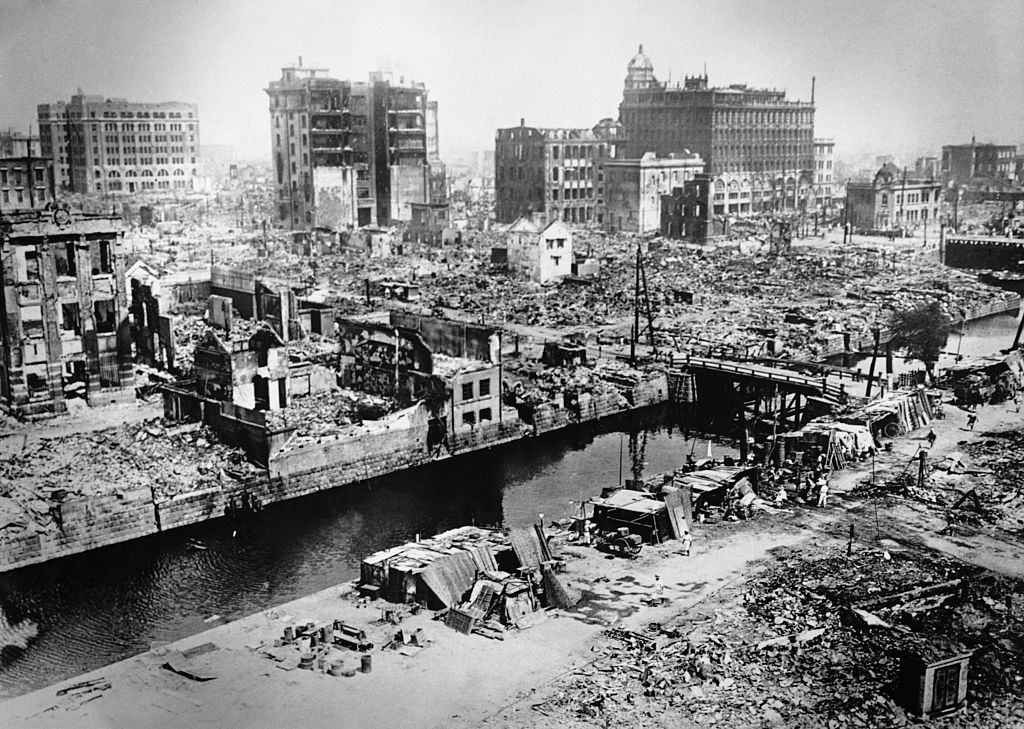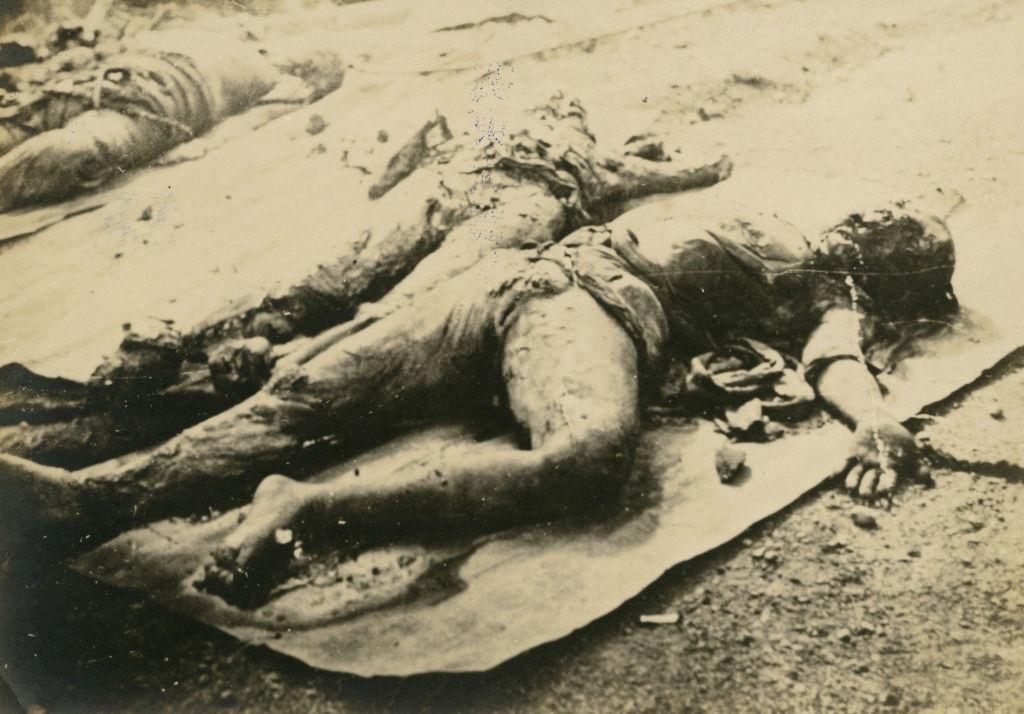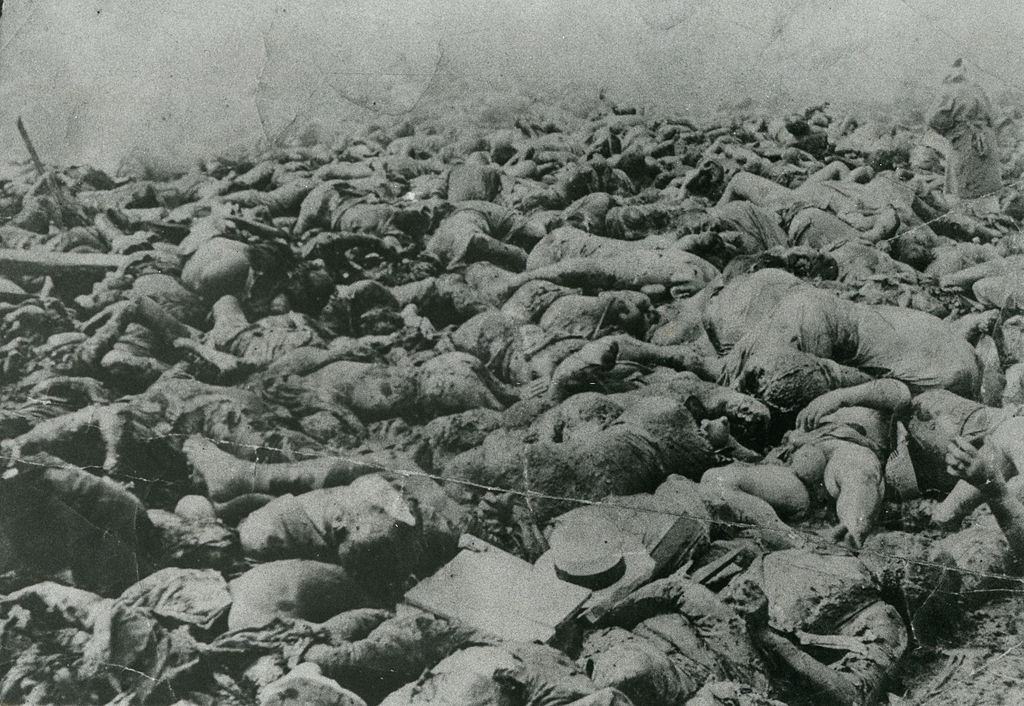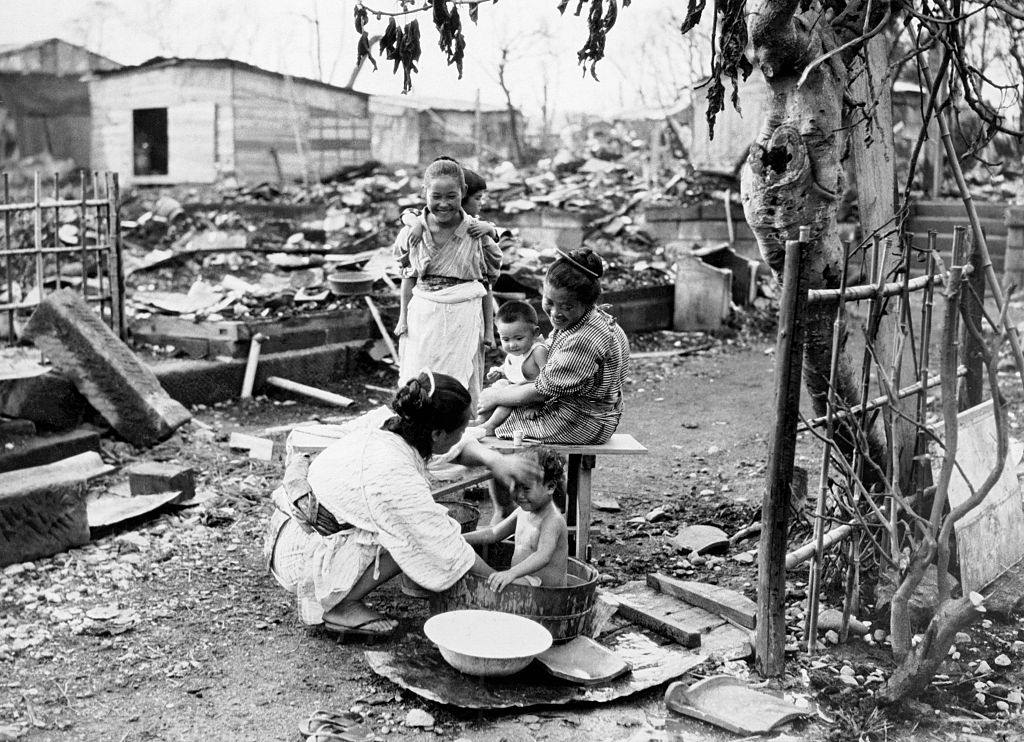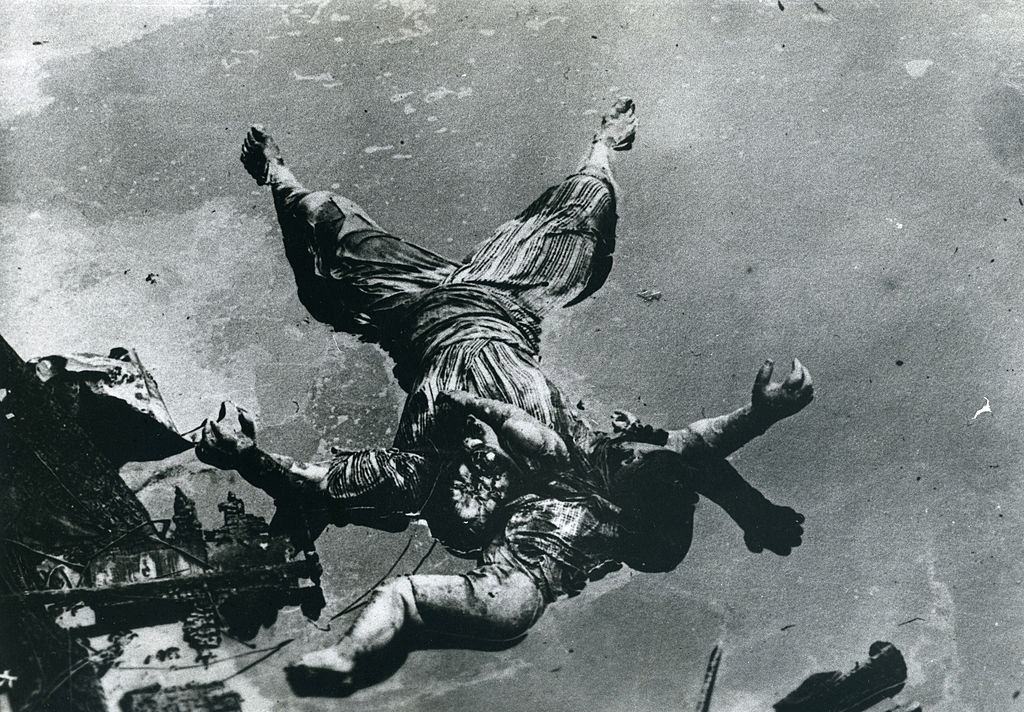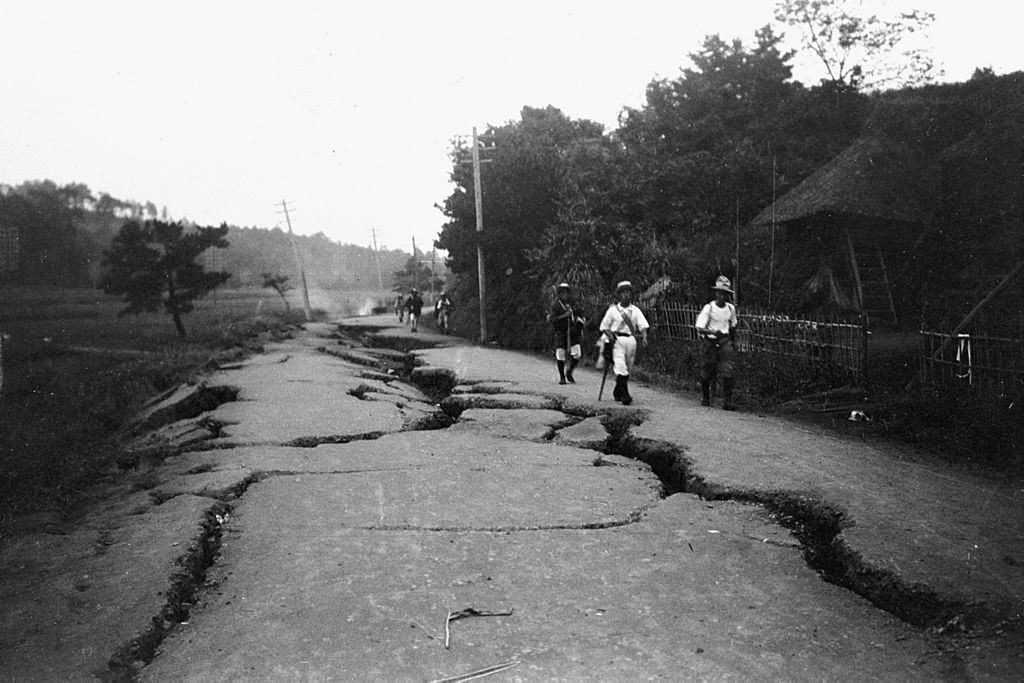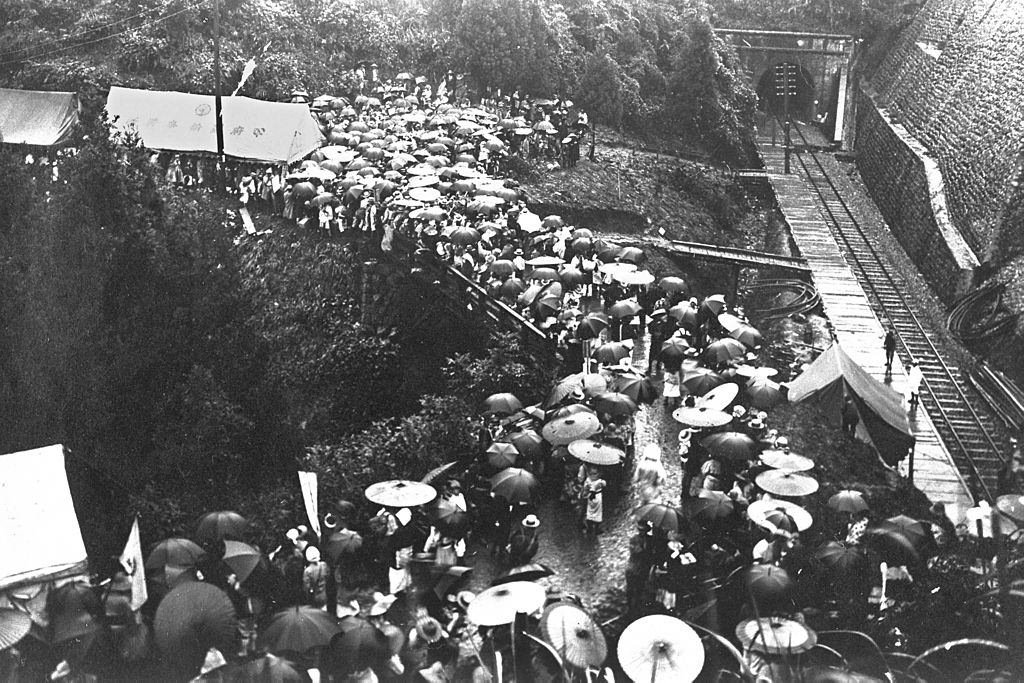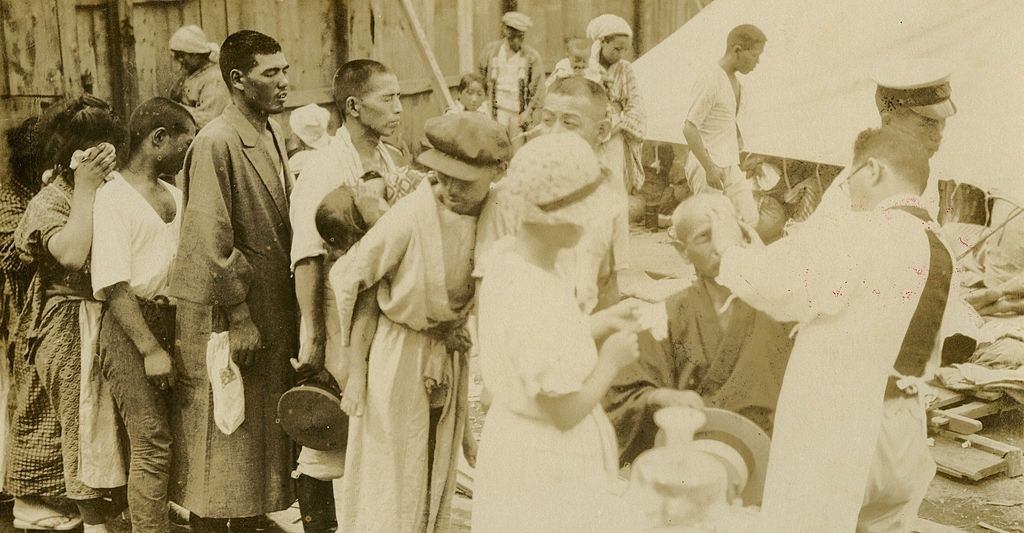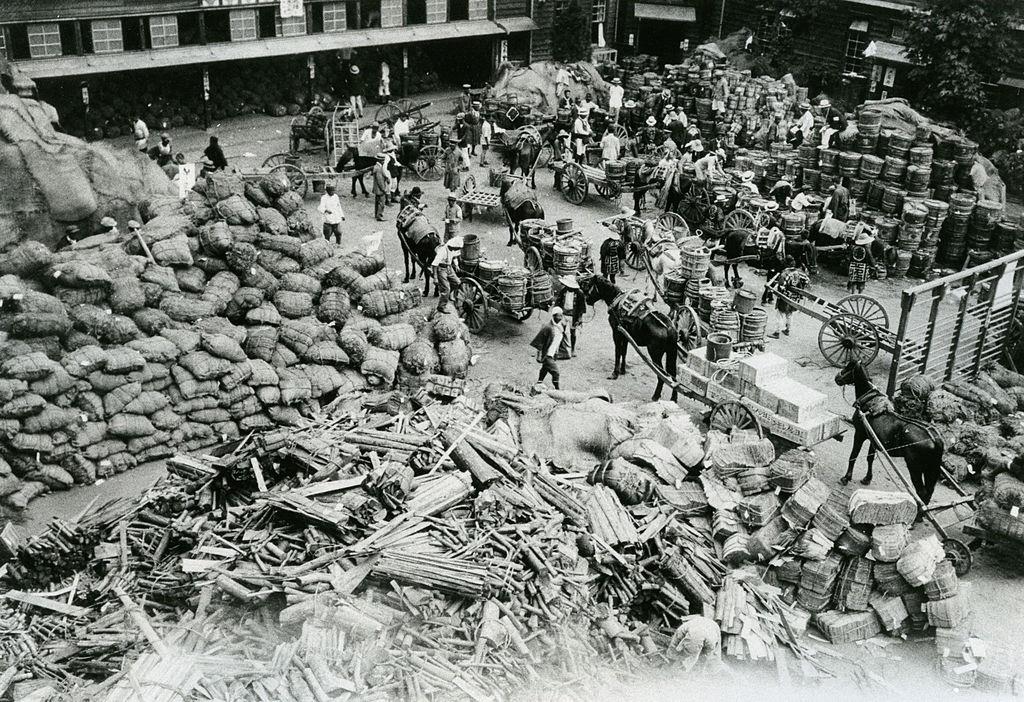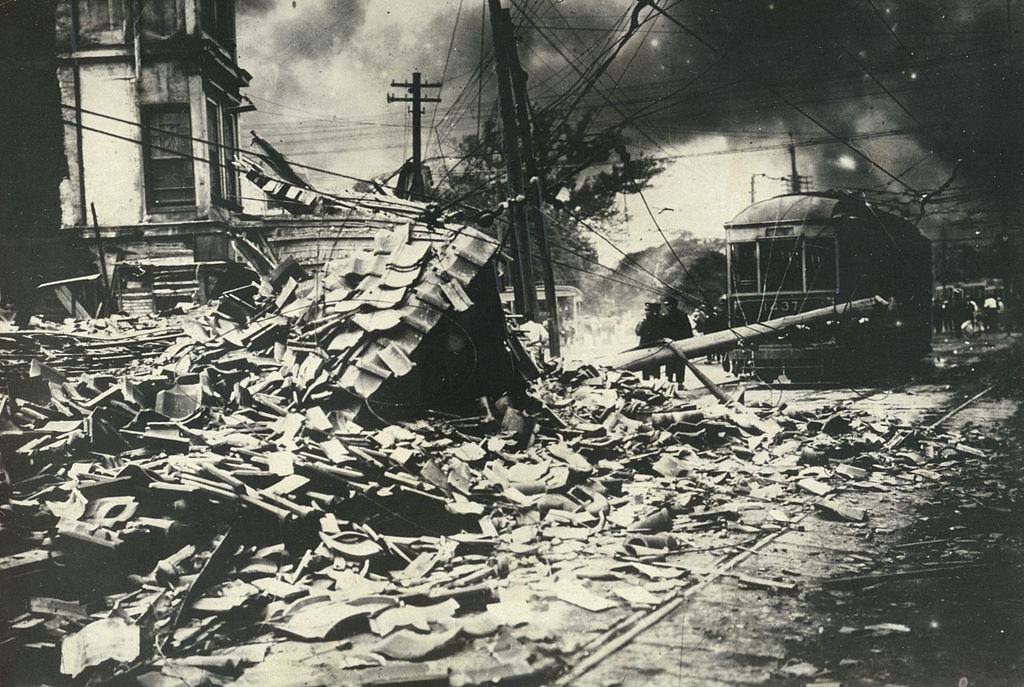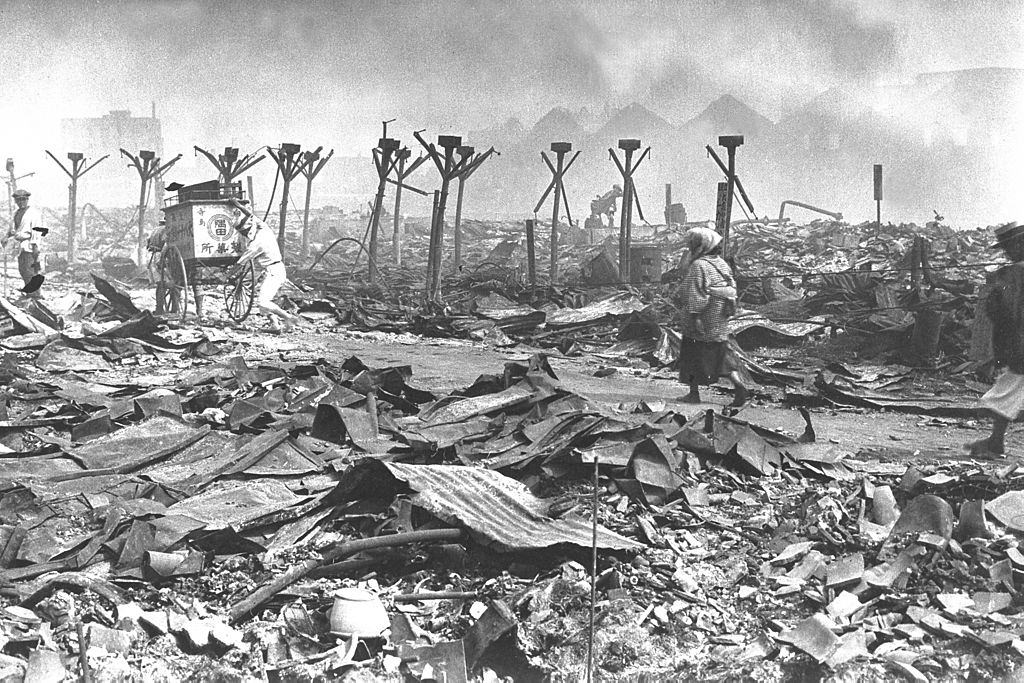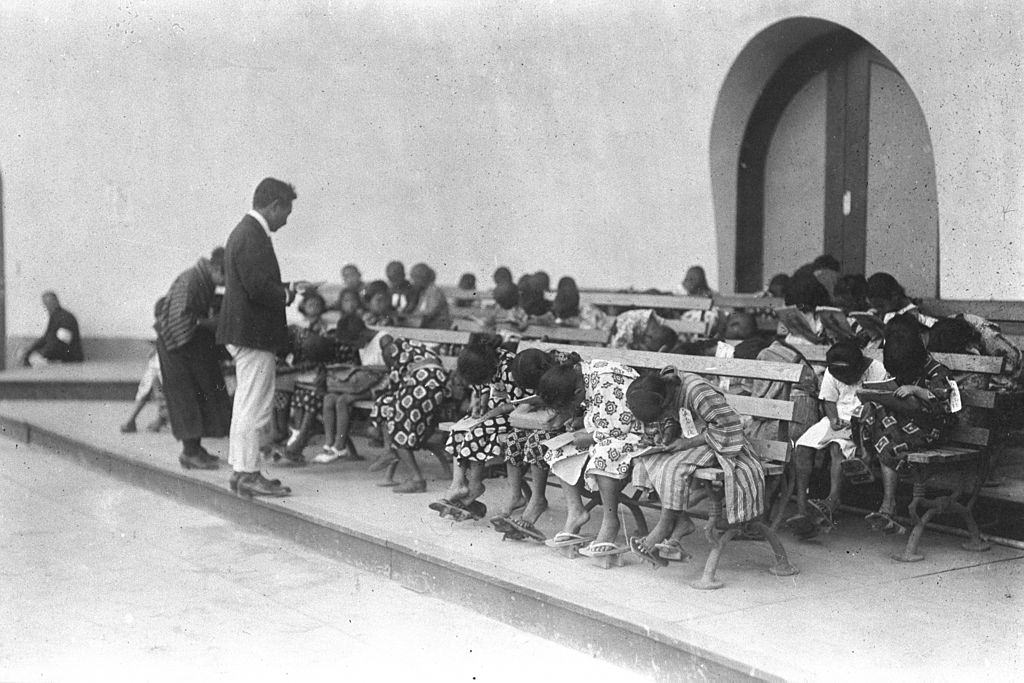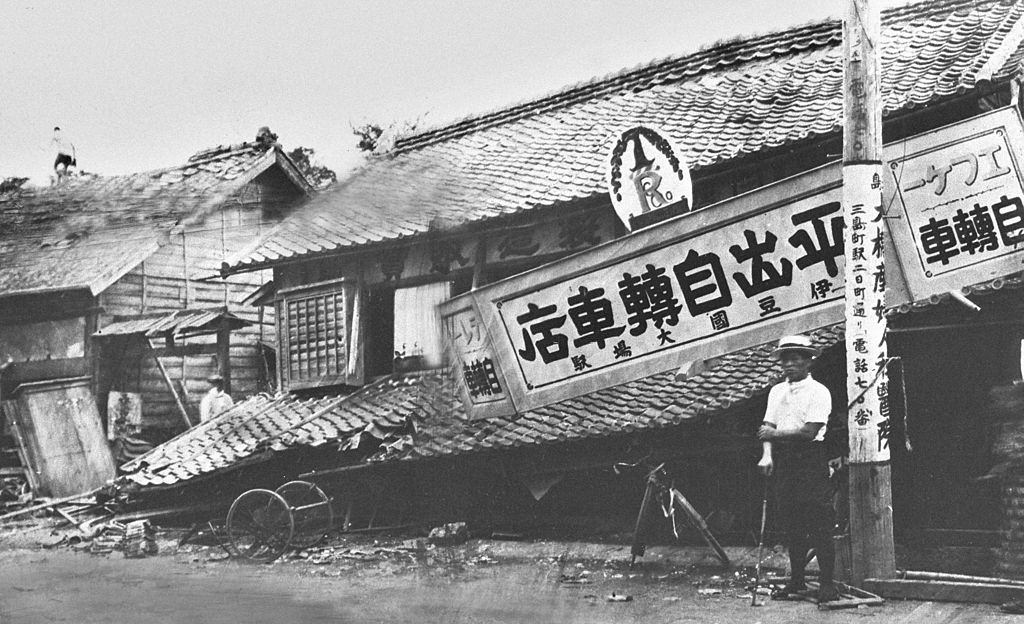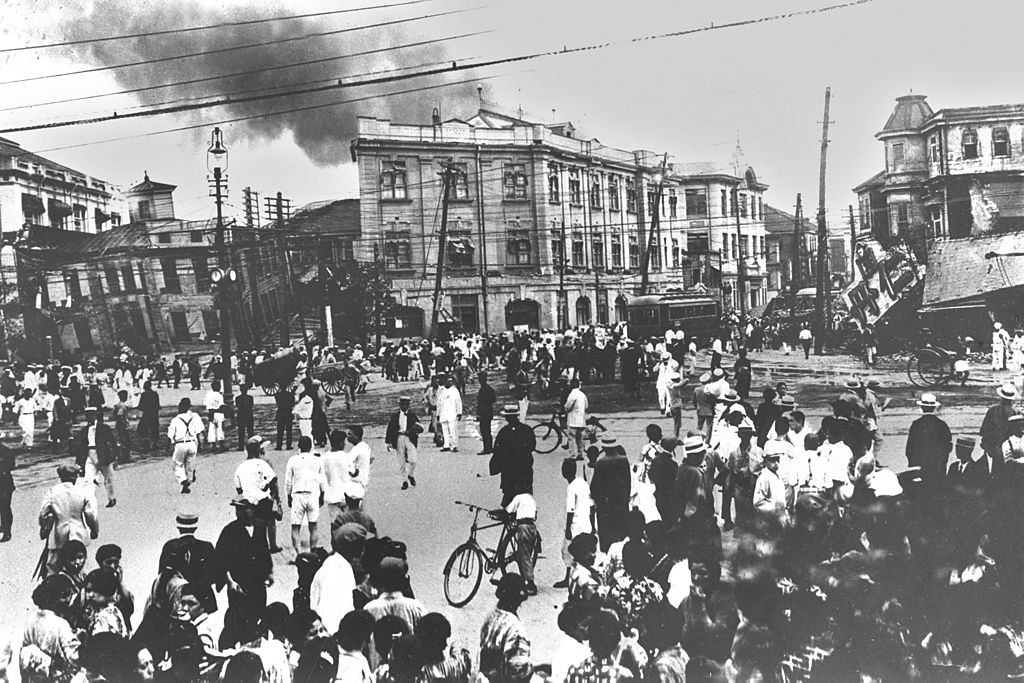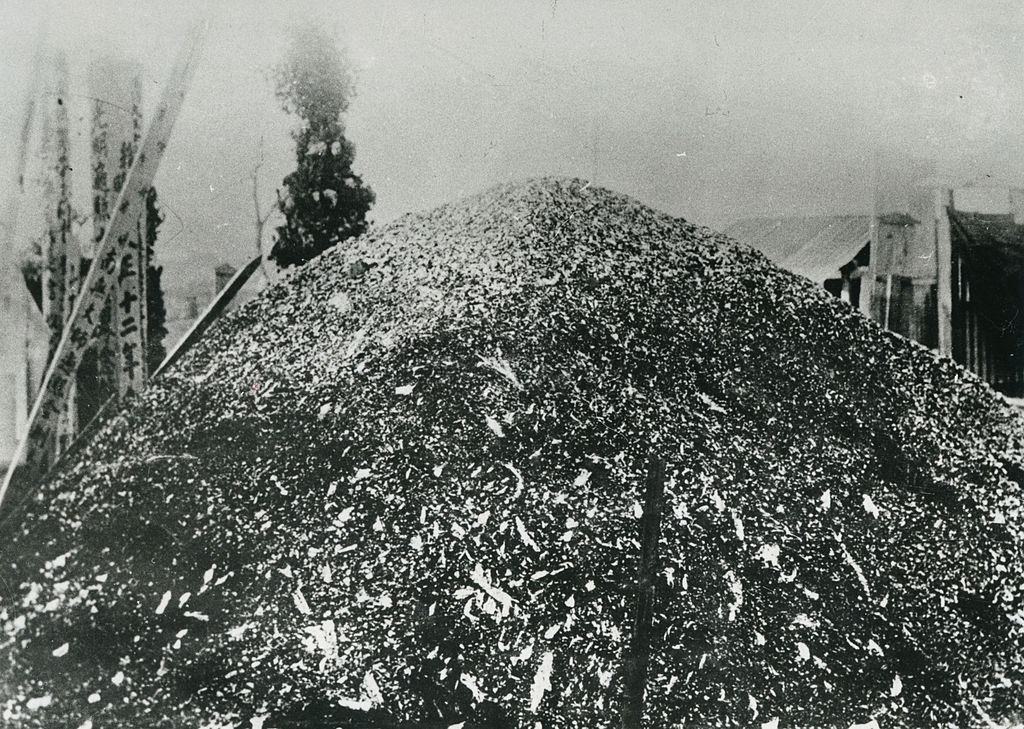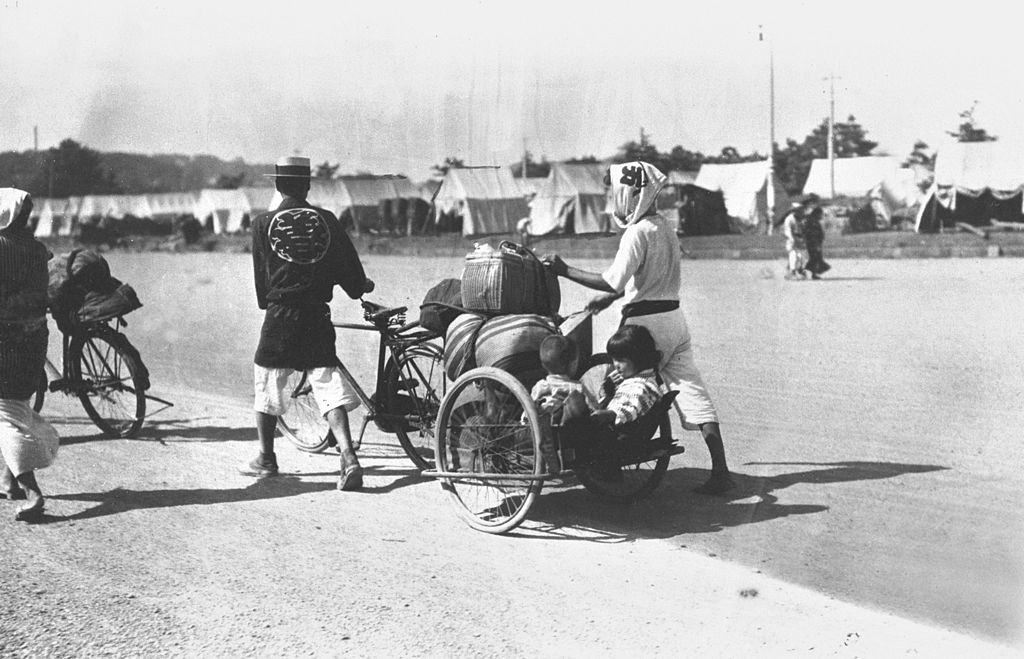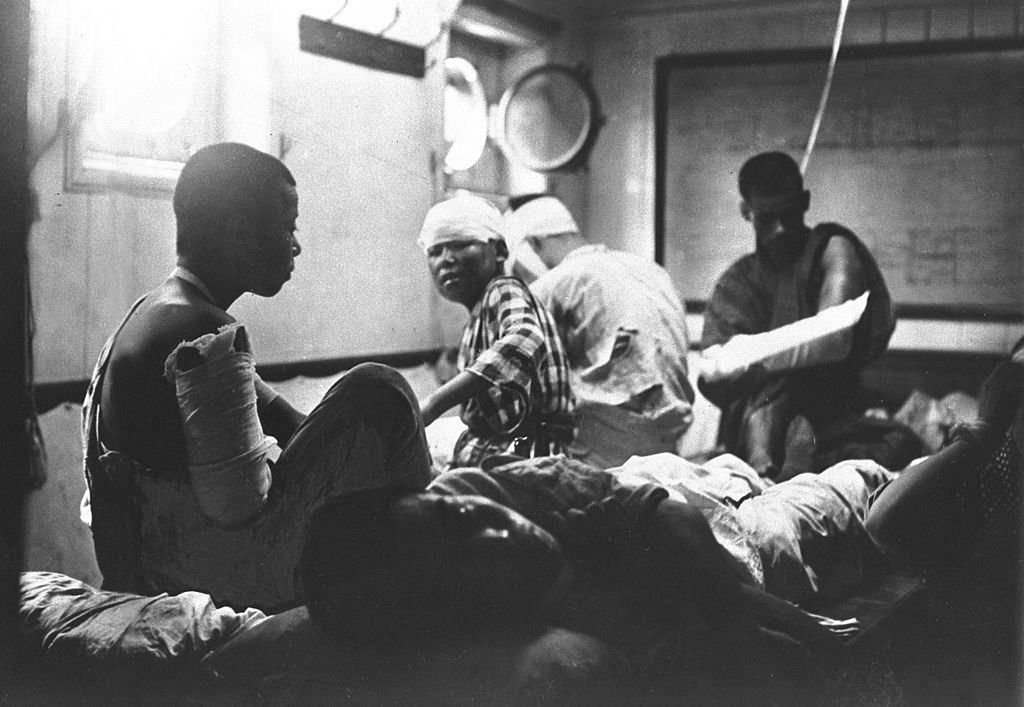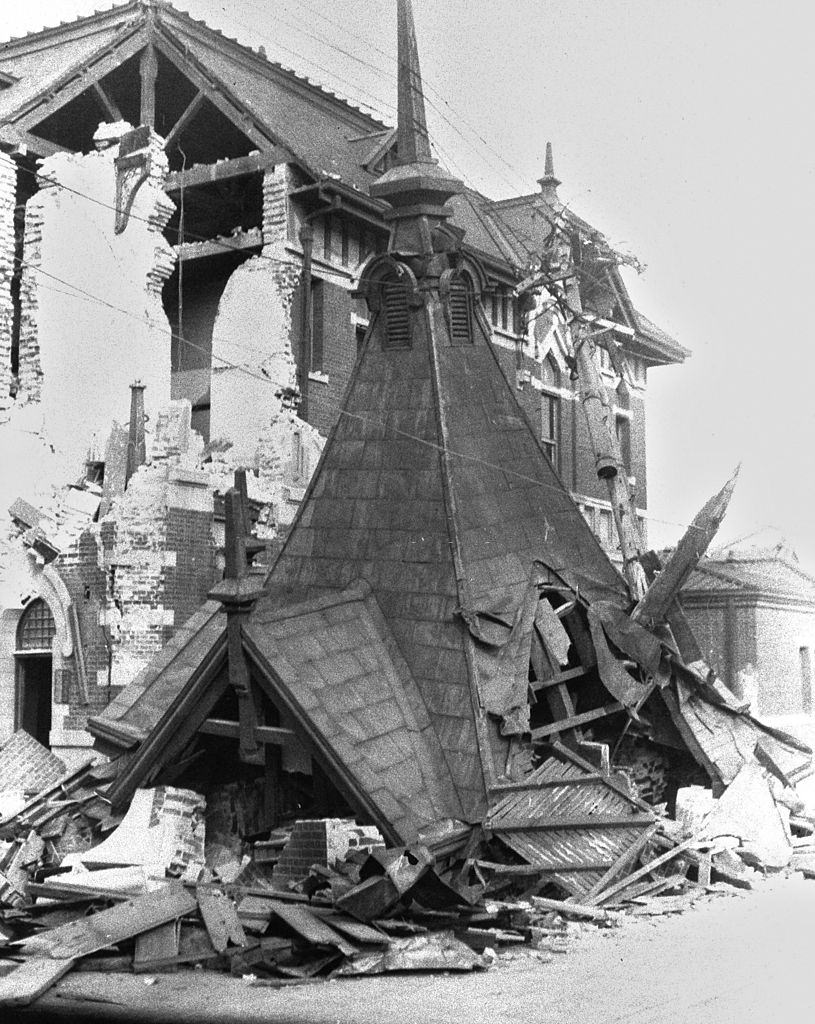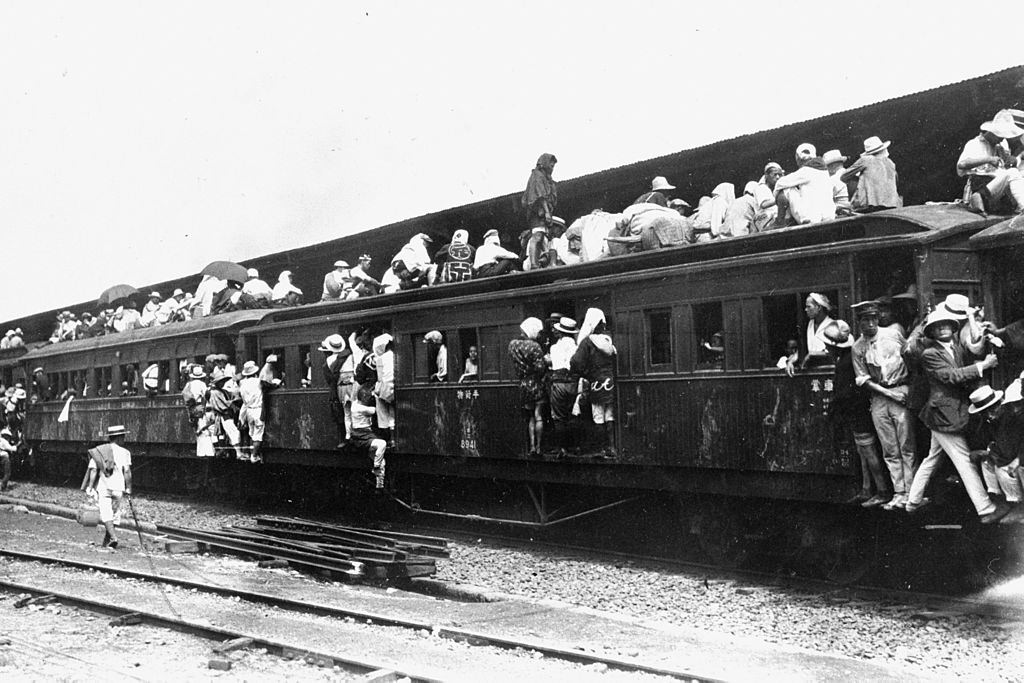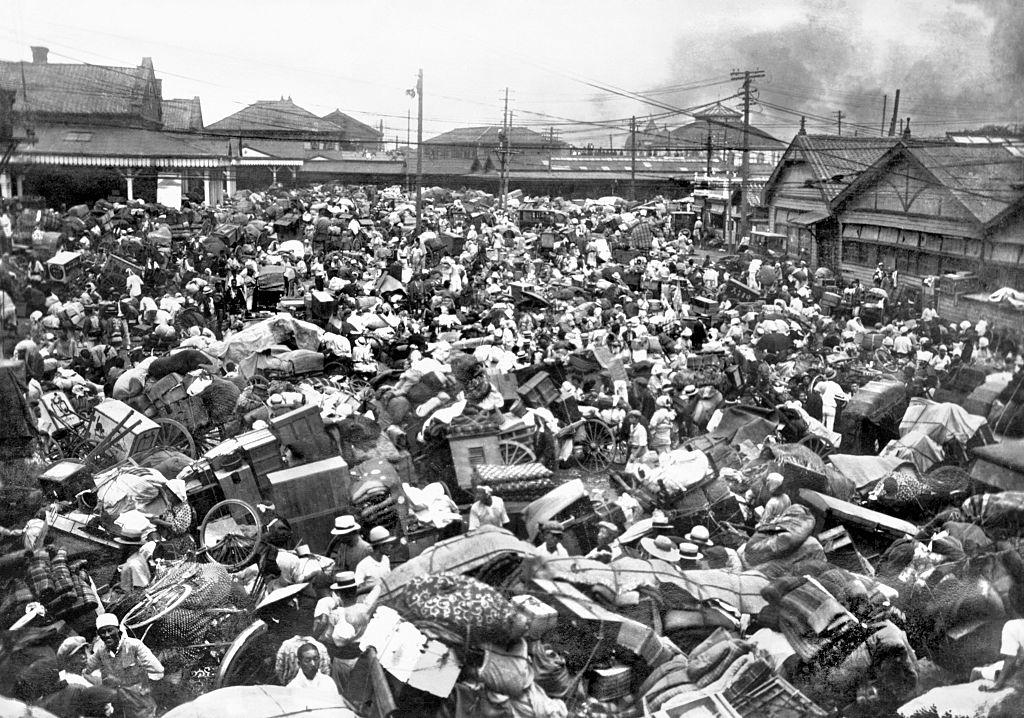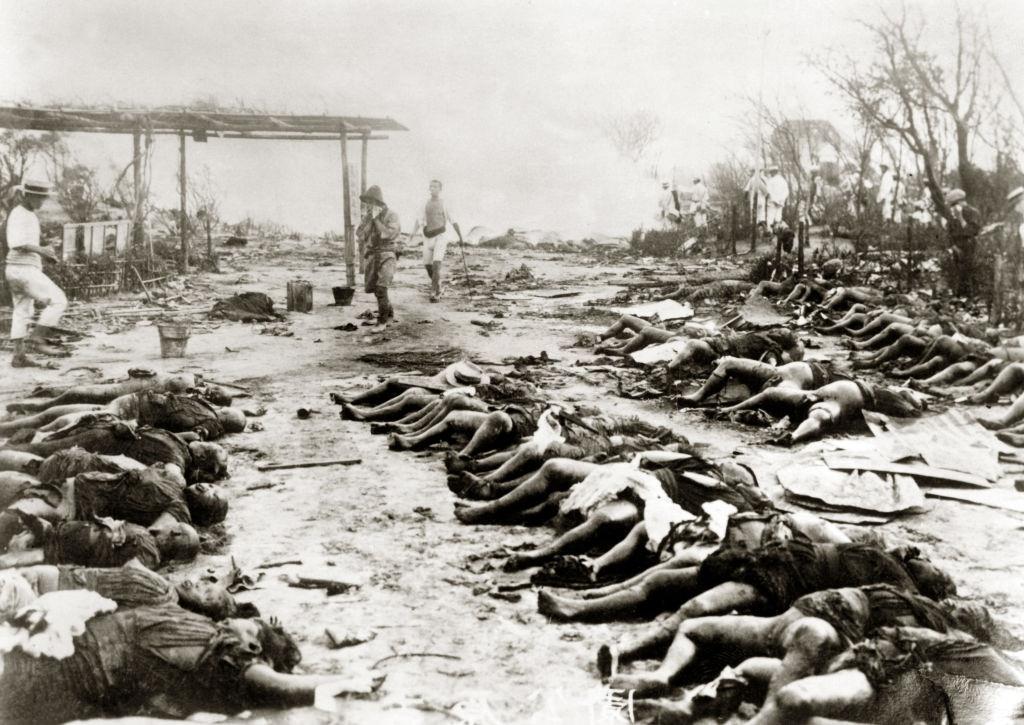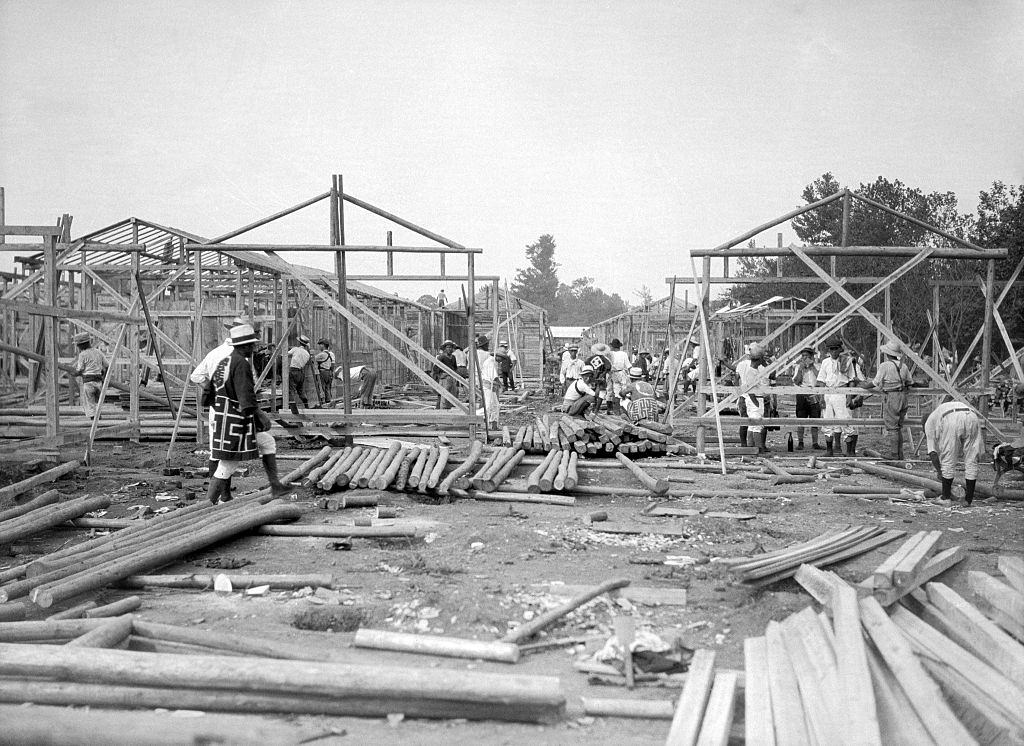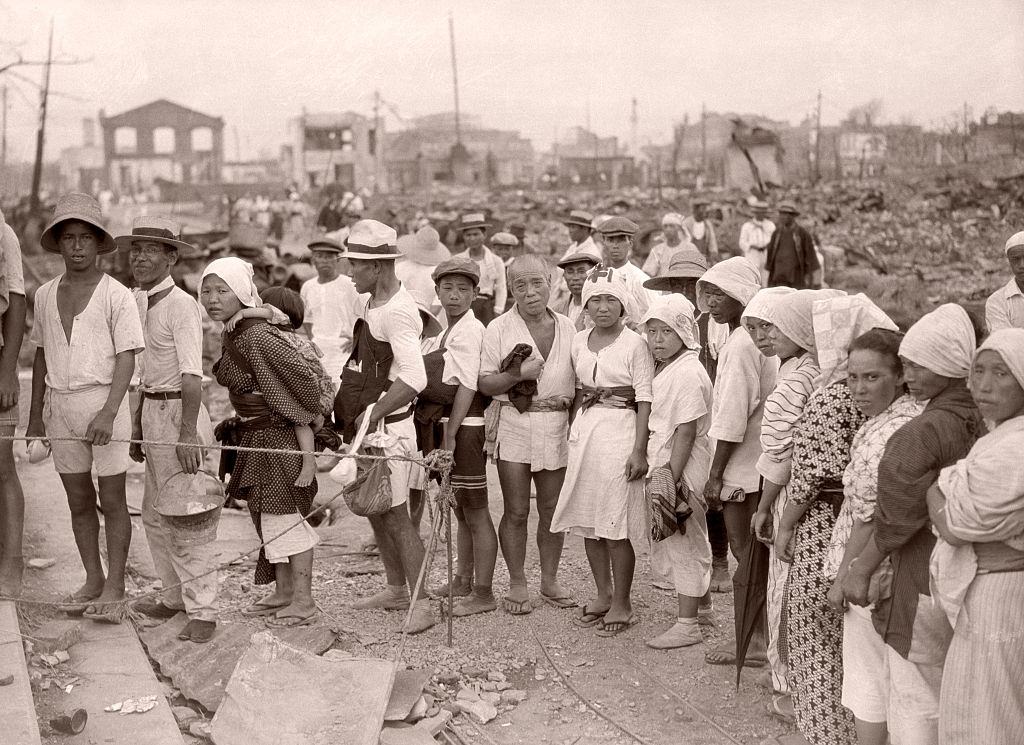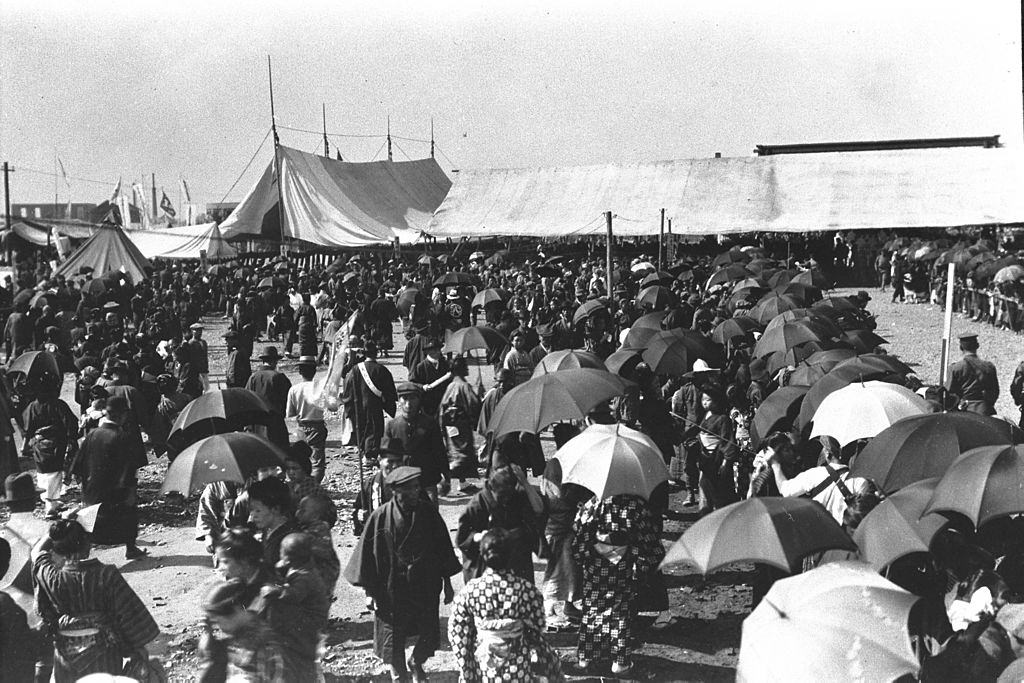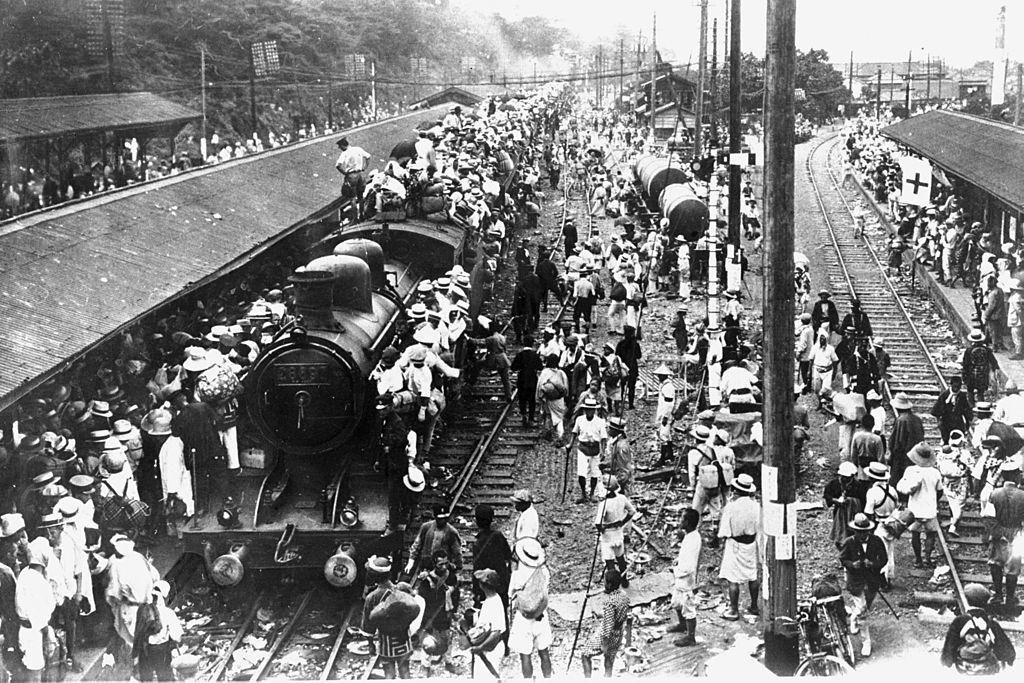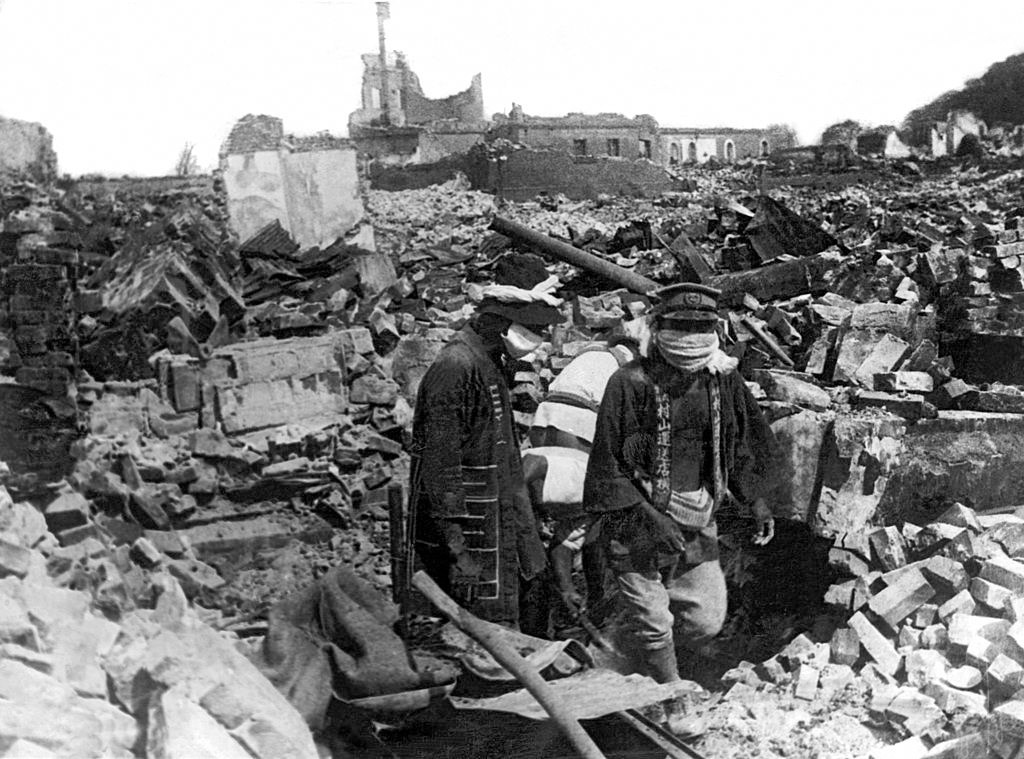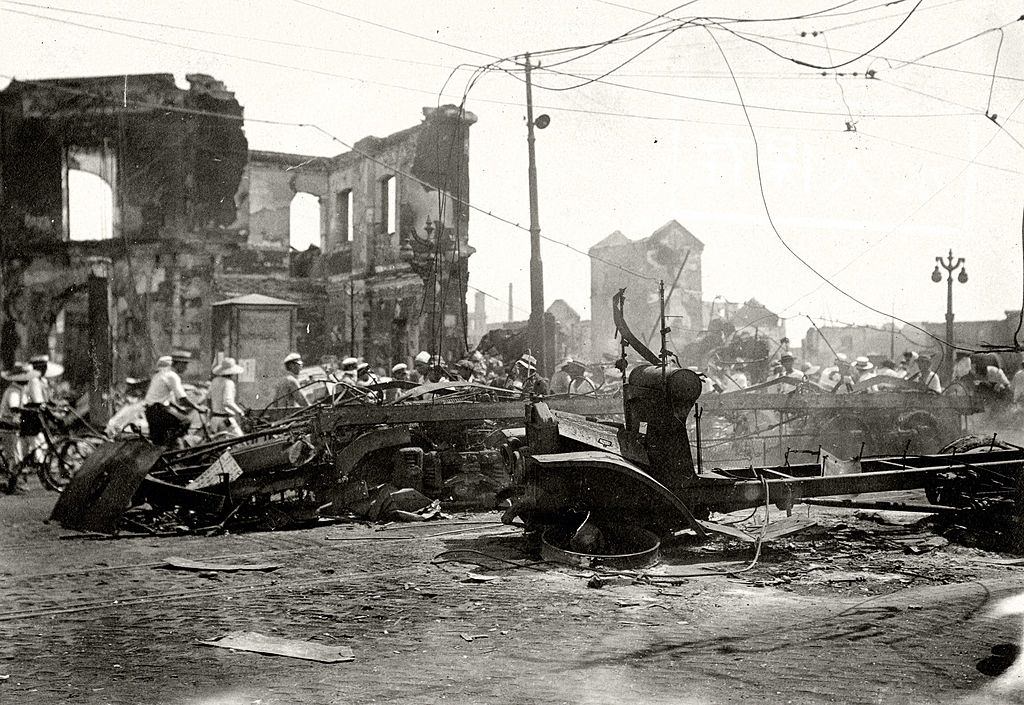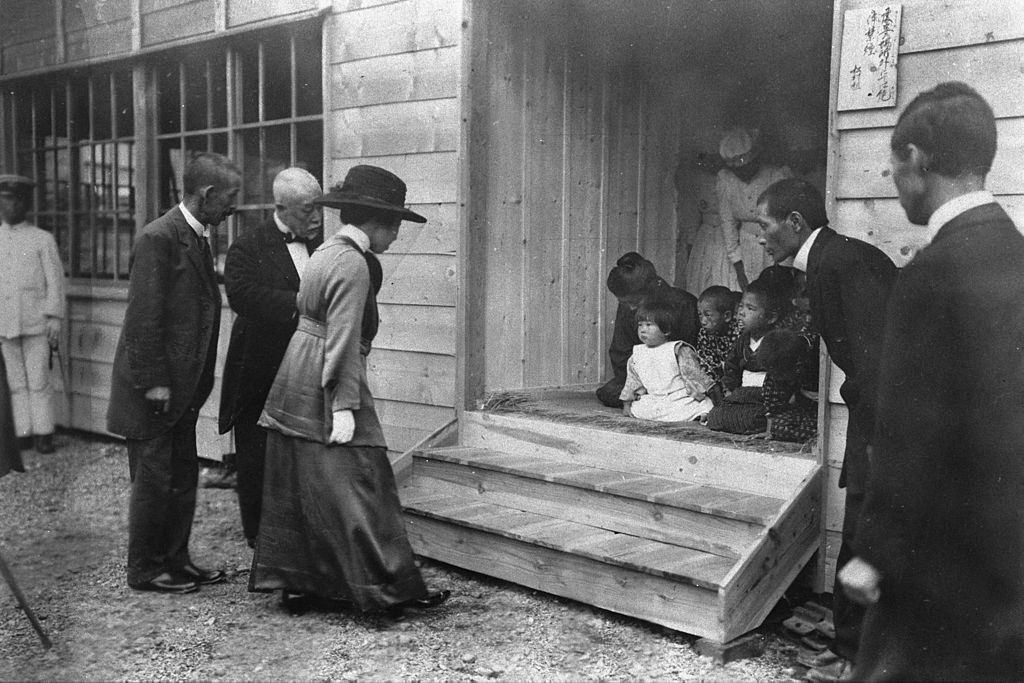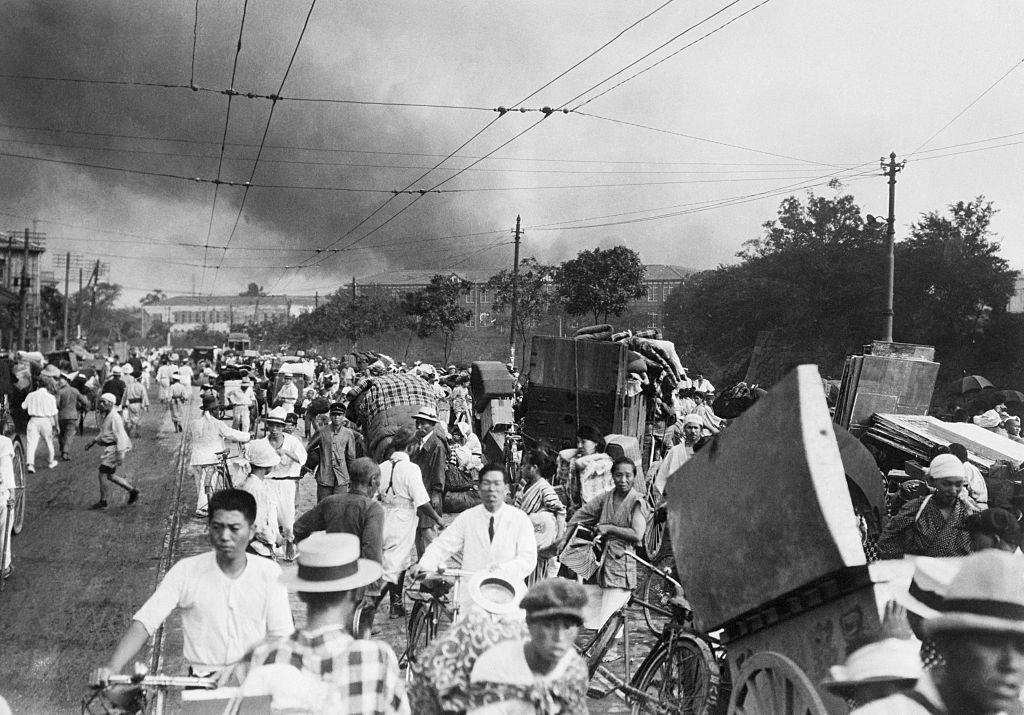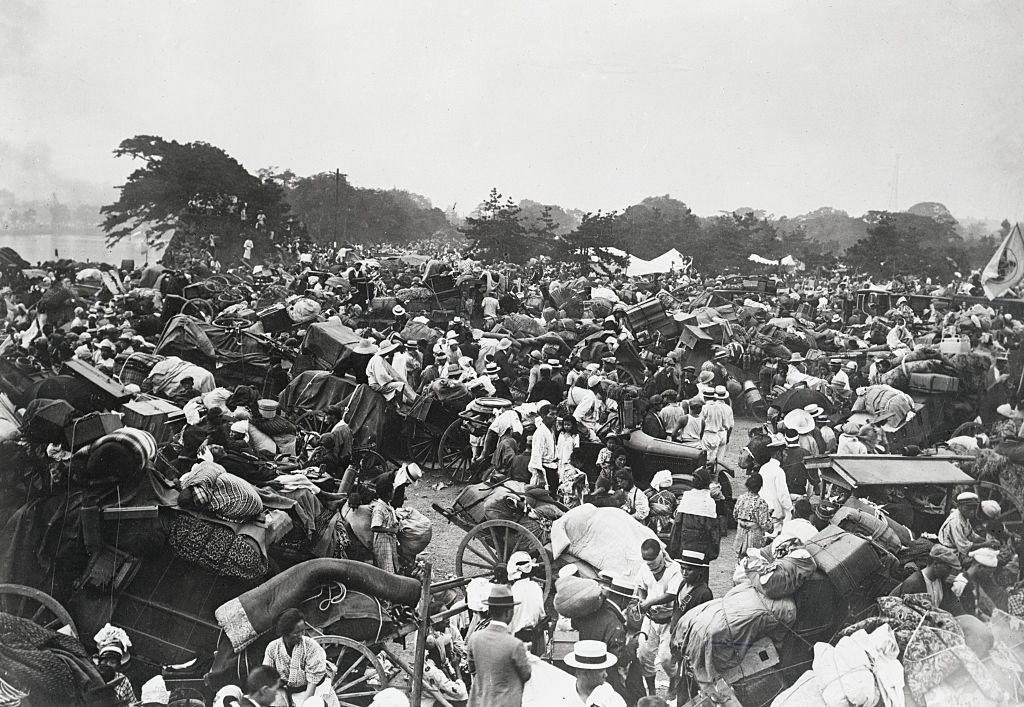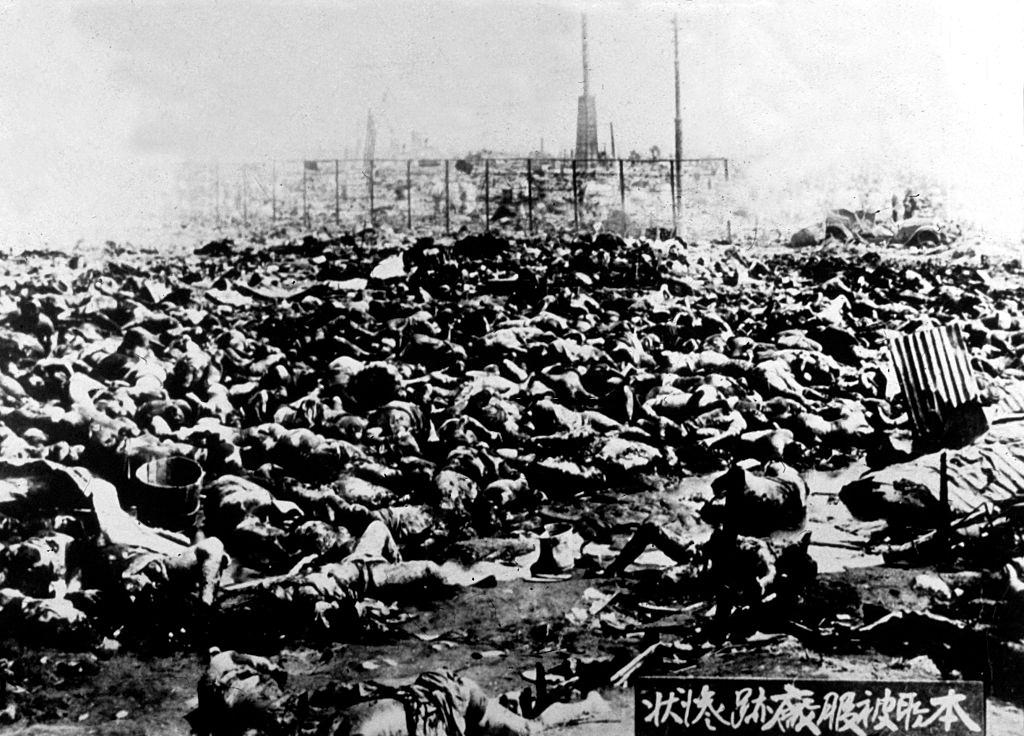The Great Kanto Earthquake of 1923 was an event that forever changed the face of Japan. On September 1st, the ground beneath the Kanto region shook with a force so powerful that it toppled buildings, triggered deadly tsunamis, and sparked fires that razed entire neighborhoods. This article provides an in-depth look at this devastating event, accompanied by a series of historical photographs that depict the destruction and aftermath. These pictures will help you understand the magnitude of this disaster and the damage it caused.
The Day the Earth Shook
The Great Kanto Earthquake struck at 11:58 am local time, catching many people off guard. Its magnitude was estimated at a staggering 7.9 on the Richter scale, making it one of the most powerful earthquakes ever recorded. The epicenter was located near Izu Oshima Island in Sagami Bay, approximately 80 kilometers south of Tokyo.
This earthquake was caused by a rupture along the fault where the Philippine Sea Plate is subducting beneath the Okhotsk Plate. The movement along this fault line released a tremendous amount of energy, causing the earth to shake violently.
The Firestorm and Tsunami
The earthquake caused widespread destruction across the Kanto region, home to Tokyo, Yokohama, and surrounding areas. The tremors were so powerful that they flattened buildings, collapsed bridges, and twisted railway lines, disrupting transportation and communication systems.
However, it wasn’t just the earthquake itself that wreaked havoc. What followed was even more disastrous. In the densely populated cities of Tokyo and Yokohama, fires broke out almost immediately, ignited by overturned charcoal stoves and damaged gas mains. These fires were soon whipped into a frenzy by strong winds, leading to a firestorm that swept across the cities.
Along the coast, the seismic activity triggered devastating tsunamis. In some areas, these giant waves reached heights of up to 12 meters, swallowing entire coastal communities and adding to the destruction caused by the earthquake and fires.
Human Casualties and Losses
The impact on human life was nothing short of tragic. It is estimated that over 140,000 people lost their lives in the disaster. Many were crushed in collapsed buildings, while others were trapped in the inferno caused by the fires. A significant number also drowned in the tsunamis.
Moreover, the destruction of homes and infrastructure left millions of people homeless. In Tokyo alone, over half of all homes were destroyed. The city of Yokohama, too, saw similar levels of destruction.
Recovery and Rebuilding
In the immediate aftermath, the focus was on rescuing survivors, recovering bodies, and providing essential necessities like food and medical care. With so much infrastructure destroyed, these tasks were incredibly challenging. It took weeks to restore some semblance of order amidst the chaos and months to clear the debris and make areas safe for reconstruction.
Despite the catastrophic destruction, the spirit of the Japanese people was far from broken. The government swiftly put plans into action, and rebuilding efforts were commenced almost immediately. Entire cities had to be rebuilt, and an extensive program was rolled out to modernize Tokyo and make it more resistant to future disasters.


